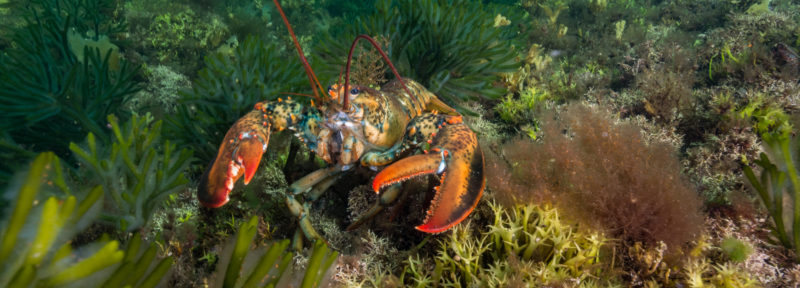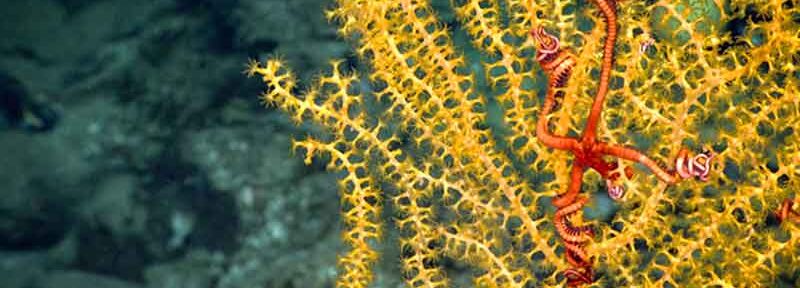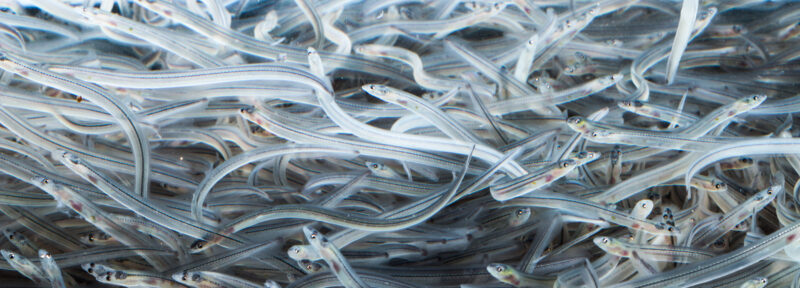Oceans North Welcomes Action on Marine and Freshwater Environments in Canada’s New Nature Strategy
OTTAWA—Today, the government released its 2030 Nature Strategy, a plan for how Canada will take on the urgent challenge of protecting biodiversity. Oceans North is celebrating this important milestone, as well as some concrete actions that will help aquatic species.
“The ocean and the species that inhabit them are essential to life everywhere,” says Susanna Fuller, Vice President of Conservation and Projects at Oceans North. “Canada’s Nature Strategy has worked across departments to ensure that fisheries sustainability and the management of aquatic ecosystems are integrated into the plan. Recognizing that how we manage wild fish is part of protecting and restoring biodiversity is vital to reaching our goals.”
Like climate change, biodiversity loss is a massive problem that threatens the stability and prosperity of our world. The abundance and diversity of species continue to decline globally, with ramifications for human health, food systems, and the availability of fresh water. Although the ocean is vast, it hasn’t escaped the impacts: about a third of sharks, rays, marine mammals, and reef-forming coral species are considered threatened, and climate change is increasing the pressure on marine ecosystems.
In 2022, countries worldwide agreed to the Kunming-Montreal Biodiversity Framework, which set out goals and targets for the coming years and decades. These include halting the human-caused extinction of species and protecting and restoring the ecosystems that help sustain us.
Building on this global commitment, Fuller adds, “we also welcome the commitment to an Ocean Climate Action Plan. The ocean absorbs 90 percent of the excess heat from climate change, and biodiversity protection is a necessary piece in addressing the climate crisis. We have the tools and knowledge we need to start making a difference, and we must treat biodiversity loss with the urgency it deserves. The ocean can’t wait much longer.”
Aligned with these international efforts, the 2030 Nature Strategy is Canada’s roadmap for contributing to global conservation. Currently, about 13.7 percent of our lands and nearly 15 percent of our waters are protected. Canada has committed to protecting 30 percent of both by 2030. The strategy reaffirms this commitment, emphasizing the importance of Indigenous-led conservation and including potential support for both Indigenous guardian programs and harvesters.
However, while area-based protection is a welcome and necessary tool, more action is required. “It’s important to protect individual places, but we need to ensure 100 percent of our ocean is well-managed,” Fuller says. “We’re pleased there is a commitment to streamlining the listing process for aquatic species at risk and to accelerating the development of an ecosystem-based approach to fisheries management.”
In recent reports, the Commissioner of the Environment and Sustainable Development has found serious flaws with Fisheries and Oceans Canada’s approach to both issues. For example, the basking shark, which is now considered endangered globally, was assessed as a species of “special concern” back in 2009—but fifteen years have now passed without a listing decision that would provide this species with protection in Atlantic Canada. DFO has also been taken to task for failing to collect timely, dependable, accessible data on what harvesters are catching, slowing the recovery of fish stocks and putting bycatch species further at risk.
The 2030 Nature Strategy is a crucial step forward, but it must be backed by urgent, comprehensive action. We must ensure that our oceans are well-managed, our species are protected, and our conservation efforts are inclusive and effective.
For more information or to arrange an interview, please contact:
Alex Tesar
Communications Manager
[email protected]




